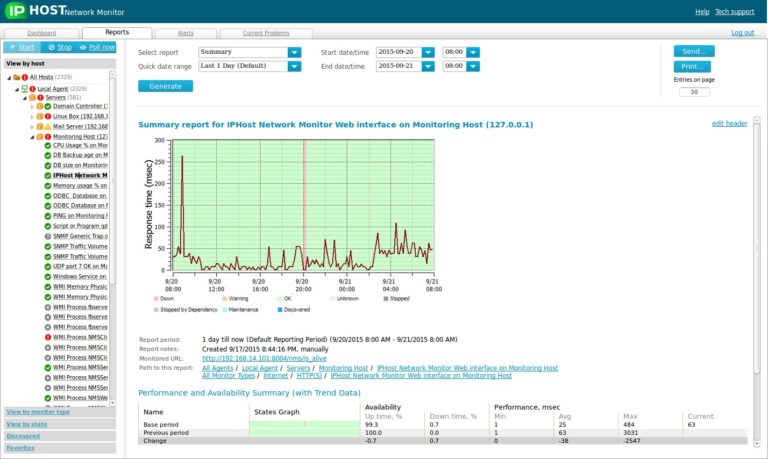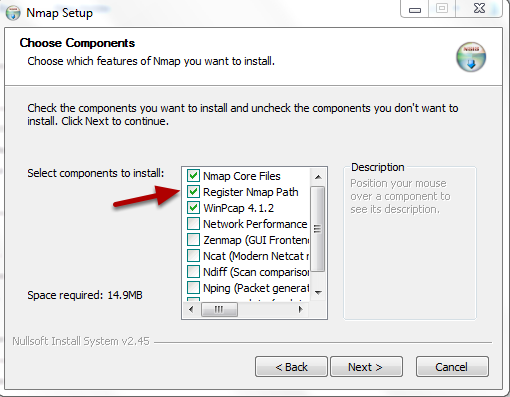

#CISCO PING SWEEP HOW TO#
If you use a number, the operations you canĮxample shows how to define two IPv4 static mappings: You can bind up to eight addresses to aĬan be either a letter or a number. The first character can be either a letter or a number.Īdditional associated IP address. No domain ipv4 host host-name v4address1 Syntax Description Hostname-to-address mapping in the host cache using IPv4, use theįrom the configuration file and restore the system to its default condition,ĭomain ipv4 host host-name v4address2.v4address8 RP/0/ RSP0 /CPU0:router# configure RP/0/ RSP0 /CPU0:router(config)# ipsla RP/0/ RSP0 /CPU0:router(config-ipsla)# operation 500 RP/0/ RSP0 /CPU0:router(config-ipsla-op)# type icmp echo RP/0/ RSP0 /CPU0:router(config-ipsla-echo)# timeout 5000 RP/0/ RSP0 /CPU0:router(config-ipsla-echo)# destination address 10.10.10.20 Related Commands How to configure 10.10.10.20 as the destination address of a device. No specific guidelines impact the use of this command. Ipsla echo configuration Command History Release Server hosts, and the cached list of hostnames and addresses.Īddress of the destination device, use theĪddress command in the ipsla echo configuration mode. The default domain name, the style of name lookup service, a list of name Static IPv4 hostname-to-address mapping in the host cache.Ī static IPv6 hostname-to-address mapping in the host cache. RP/0/ RSP0 /CPU0:router# clear host * Related Commands That all entries in the local cache be deleted.Įntries in the cache are cleared the permanent entries that were entered withĭomain ipv6 host command are not cleared.Įxample shows how to clear all temporary entries from the hostname-and-address RP/0/ RSP0 /CPU0:router# config RP/0/ RSP0 /CPU0:router(config)# cinetd rate-limit 10 clear hostĮntries from the hostname-to-address cache, use the Global Configuration mode Command History Service requests that are accepted per second. No cinetd rate-limit value Syntax Description Rate limit at which service requests are accepted by Cisco inetd (Cinetd), use
#CISCO PING SWEEP SERIES#
IP Addresses and Services Configuration Guide for Cisco ASR 9000 Series Routers. Information about host services and applications concepts, configuration tasks, Trivial File Transfer Protocol (TFTP), and Remote Copy © 2006 Cisco Systems, Inc.Describes the commands used to configure and monitor host services andĪpplications, such as Domain Name System (DNS), Telnet, File Transfer Protocol As an attack tool, a ping sweep sends ICMP (RFC 792) echo requests, or "pings," to a range of IP addresses, with the goal of finding hosts that can be probed for vulnerabilities.


Ping sweeps are among the older and slower methods used to scan a network. If a given address is live, it will return an ICMP echo reply. Whereas a single ping will tell you whether one specified host computer exists on the network, a ping sweep consists of ICMP echo requests sent to multiple hosts. The kind of response received indicates whether the port is used and can therefore be probed for weakness.Ī ping sweep, or Internet Control Message Protocol ( ICMP) sweep, is a basic network scanning technique used to determine which range of IP addresses map to live hosts (computers). Essentially, a port scan consists of sending a message to each port, one at a time. Port scanning, a favorite computer hacker approach, provides information to the assailant as to where to probe for weaknesses.

Port scanning can be an automated scan of a range of TCP or UDP port numbers on a host to detect listening services. Each service is associated with a "well-known" port number. In an illegitimate situation, a port scan can be a series of messages sent by someone attempting to break into a computer to learn which computer network services the computer provides. The information is gathered by examining IP addressing and port or banner data from both TCP and User Datagram Protocol (UDP) ports. Port scans and ping sweeps attempt to identify: All services All hosts and devices The operating systems VulnerabilitiesĪs legitimate tools, port scan and ping sweep applications run a series of tests against hosts and devices to identify vulnerable services.


 0 kommentar(er)
0 kommentar(er)
